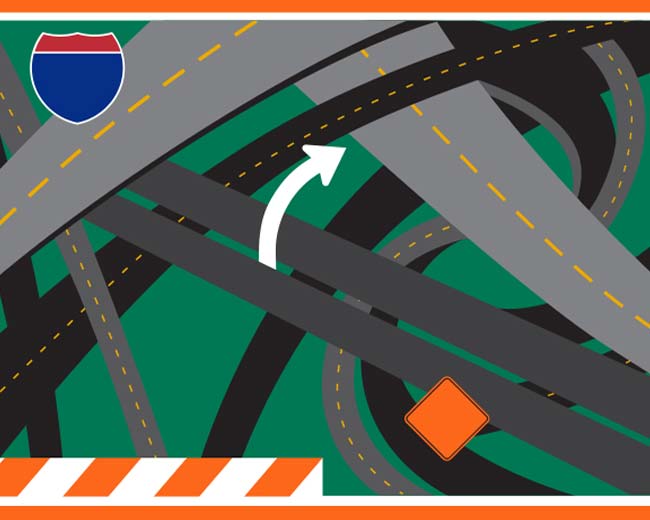Building the Highways
Funding the Interstates
The Federal-Aid Highway Act of 1956 provided federal funding to cover 90 percent of the cost of construction for what was known officially as the National System of Interstate and Defense Highways. President Eisenhower insisted that the program pay for itself. Rather than a series of toll roads, Congress established the Highway Trust Fund. Money collected from gas and other vehicle taxes was deposited and issued from the fund to pay for the federal share of the roadways. Individual state highway agencies would be asked to pick up the tab for the remaining 10 percent and coordinate construction of the highways within their borders.

